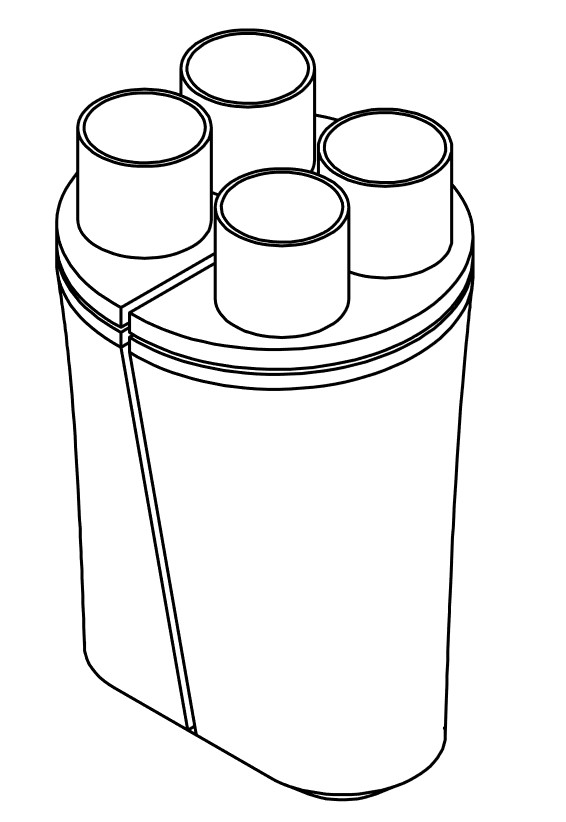Colloquium announcement
Faculty of Engineering Technology
Department Biomechanical Engineering
Master programme Industrial Design Engineering
As part of his / her master assignment
Schut, A. (Astrid)
will hold a speech entitled:
Design and development of a soft robotic total artificial heart
| Date | 22-06-2023 |
| Time | 13:00 |
| Room | HT-700b |
Summary
The objective of this master's thesis was to design a soft robotic total artificial heart (sTAH) as a bridge to transplantation for end-stage heart failure patients within the Hybrid Heart project.
The final sTAH design is a pneumatically driven and pulsatile heart comprising predominantly soft materials. It consists of two ventricles, each featuring a soft blood chamber at the top and an actuator at the bottom. The actuator includes a pusher plate attached to the side adjacent to the blood chamber, connected to the pneumatic circuit at the base of the sTAH through a spring surrounded by a vacuum bellow. By applying negative pressure to the actuator, the vacuum bellow contracts, compressing the spring and enabling the blood to fill the blood chamber. When the vacuum bellow is released, the spring expands and pushes the blood from the chamber through a mechanical valve into the body.
The proof-of-concept (PoC) focused on designing a functional left ventricle based on the aforementioned sTAH design. The ventricle's soft chamber was created using TPU coated nylon, heat-sealed into the required shape. The same material was employed for the vacuum bellow sleeve. To enhance manufacturing convenience, the actuator was positioned inside the blood chamber, reducing the potential for leakage. The connection to the pneumatic circuit, pusher plate and vacuum bellow rings were 3D printed using PLA, serving as the only rigid components. Two springs with different stiffness coefficients were acquired for the actuator to assess the impact of spring stiffness on cardiac output during testing.
The PoC underwent testing in a mock circulation loop against physiological pressures. The tests revealed that the PoC was functional, but not optimal compared to other sTAHs. The primary limitation identified was a lower-than-expected heart rate, preventing a blood chamber of the chosen size from generating the required stroke volume. Consequently, the achieved cardiac output fell below the required level.
Future efforts should prioritize the development of an improved PoC to address the identified cardiac output limitations. This may involve incorporating a larger ventricle, exploring alternative springs, and optimizing the pneumatic circuit. Once a satisfactory cardiac output is achieved, subsequent work can focus on achieving a balanced flow that passively adapts to hemodynamic changes. Additionally, the durability and biocompatibility of the design require evaluation to fully assess its viability. Enhancements in the overall shape, materials, and manufacturing processes are necessary before progressing to animal trials for further evaluation.
Assessment committee |
chair Signature d.d. |
|
| Verkerke, Bart, prof. dr. ir. Hekman, Edsko, ir. Toxopeus, Marten ir. Kluin, Jolanda, dr. Vis, Annemijn (Phd student) |
(chair) (mentor) (external member) (mentor from company) (mentor from company) |
|
